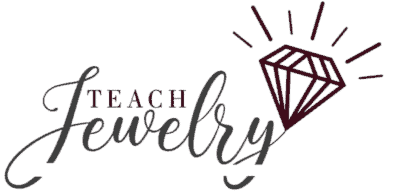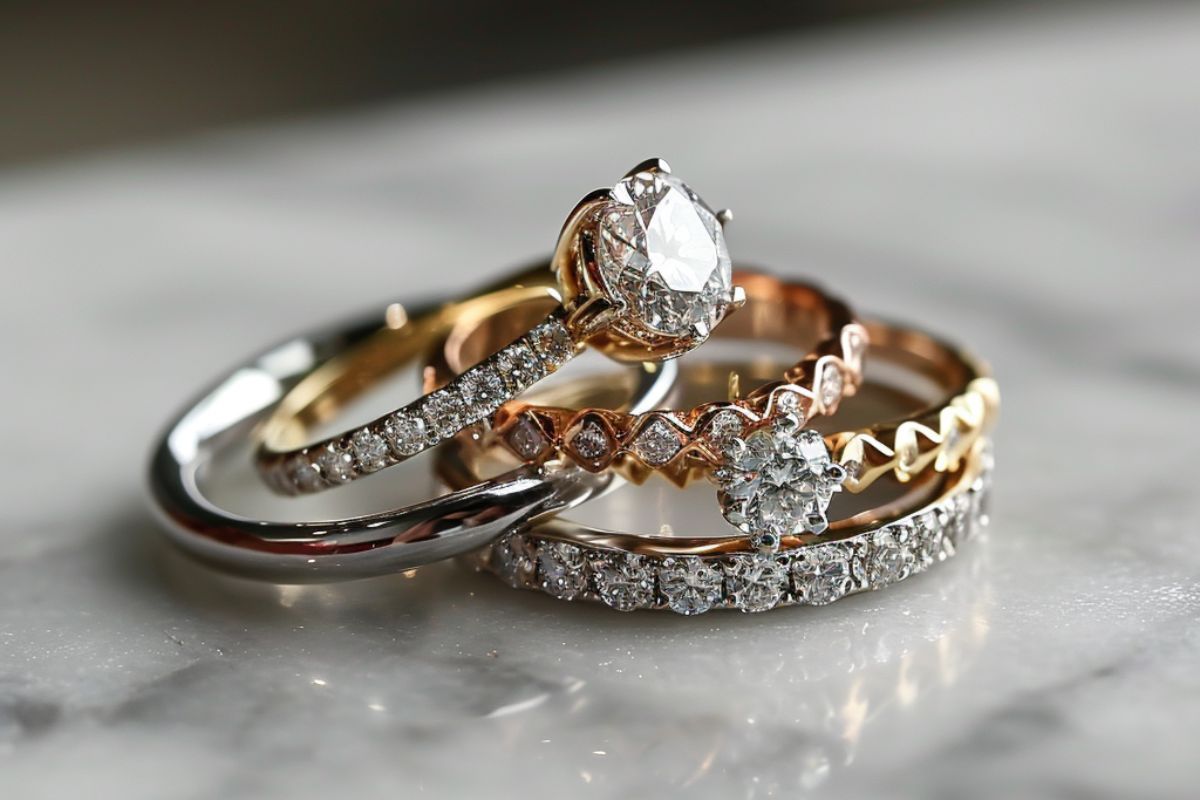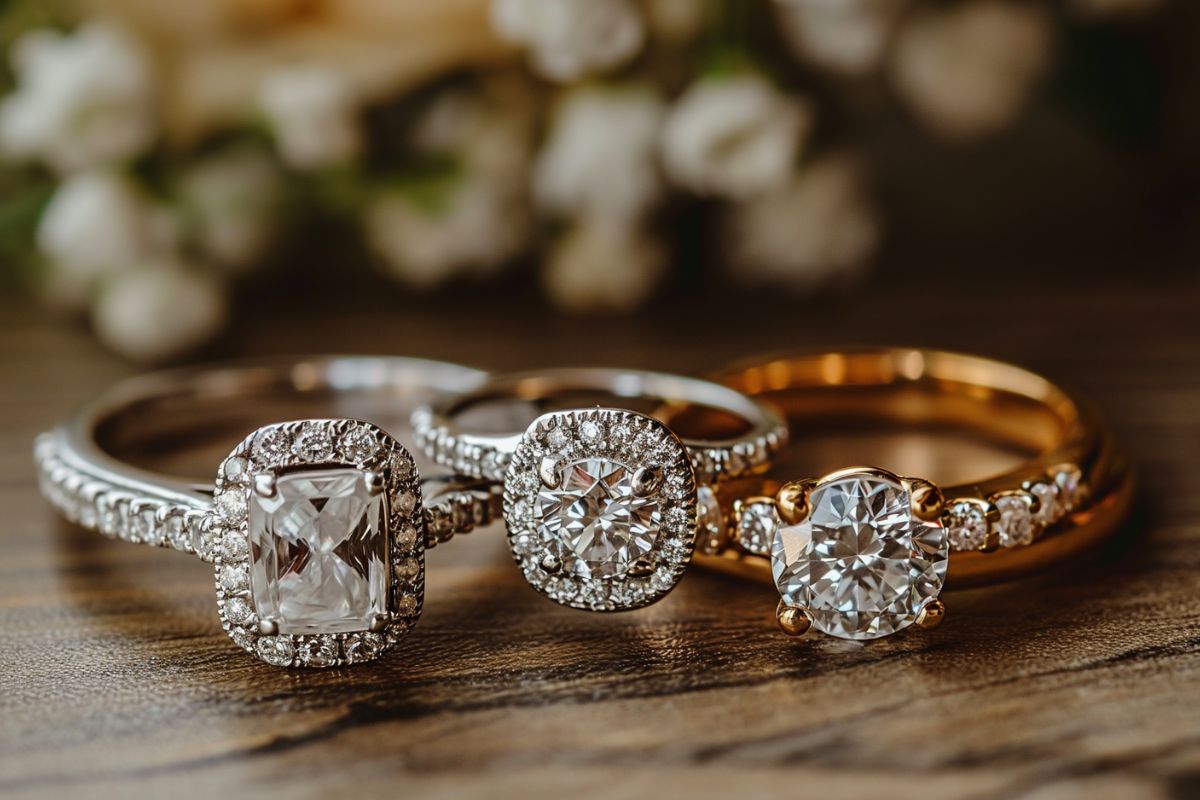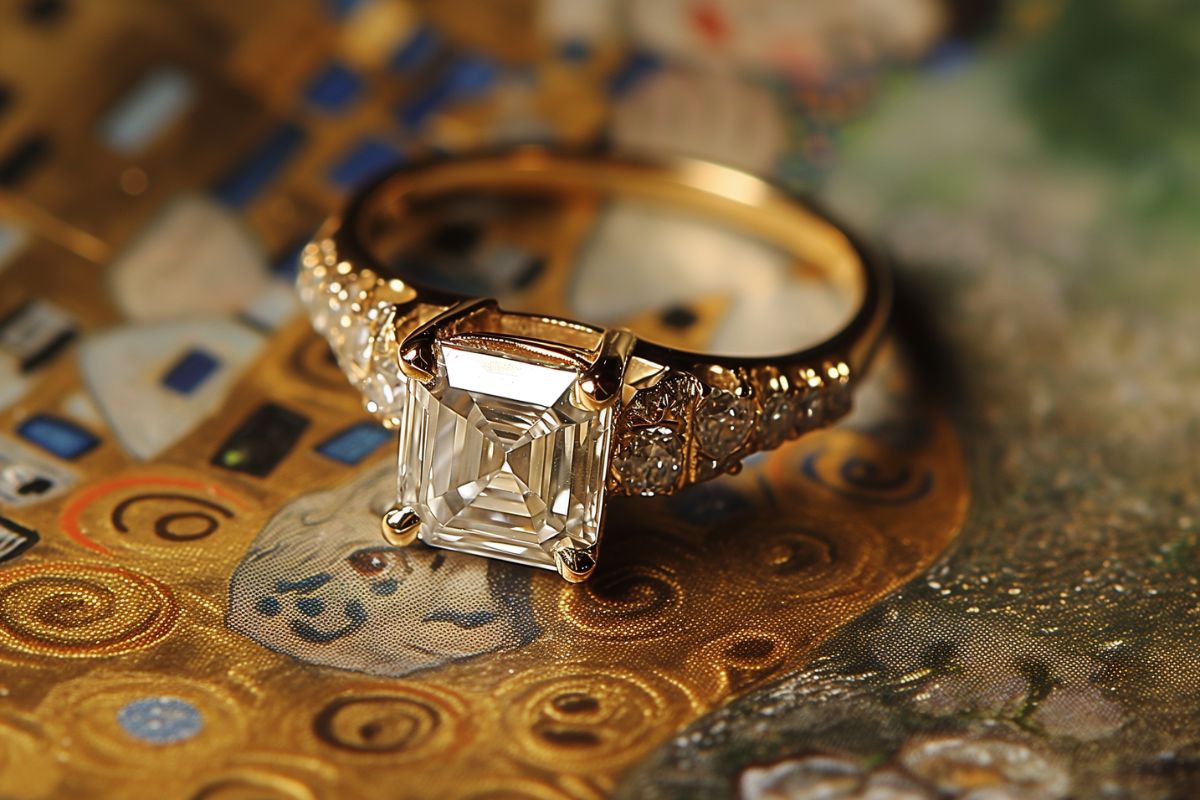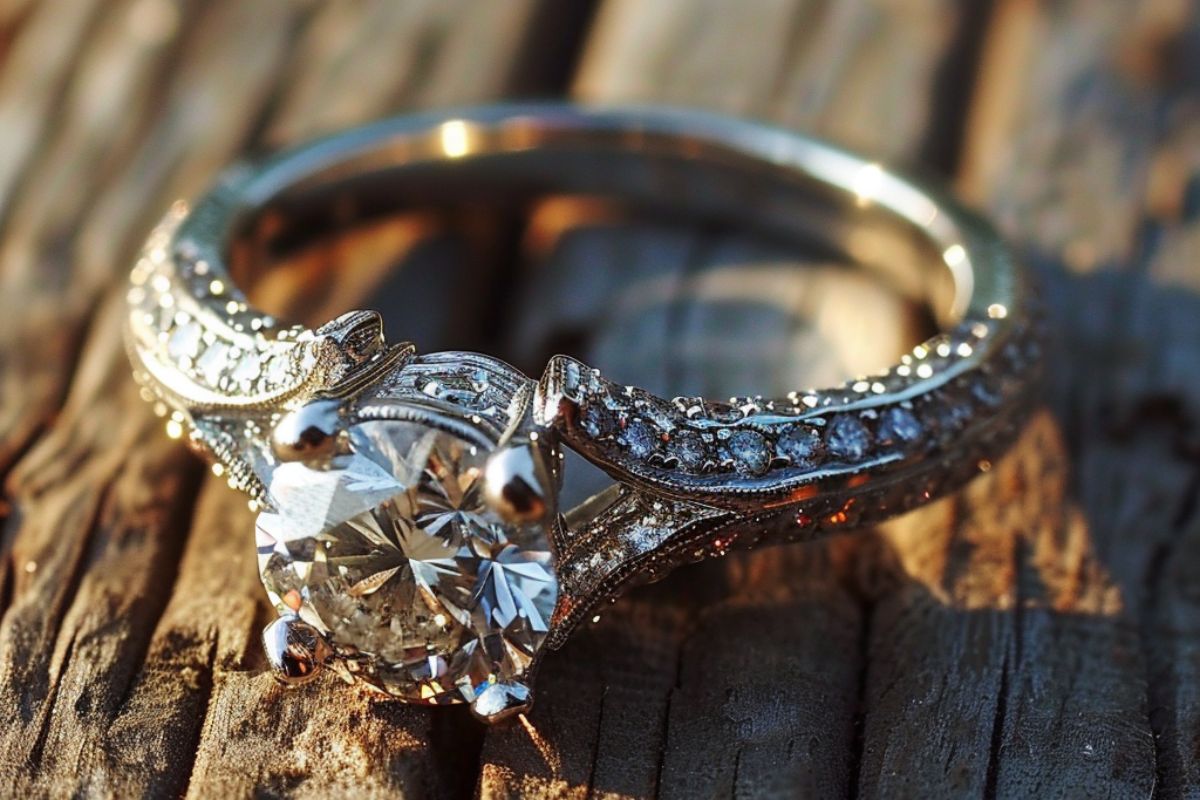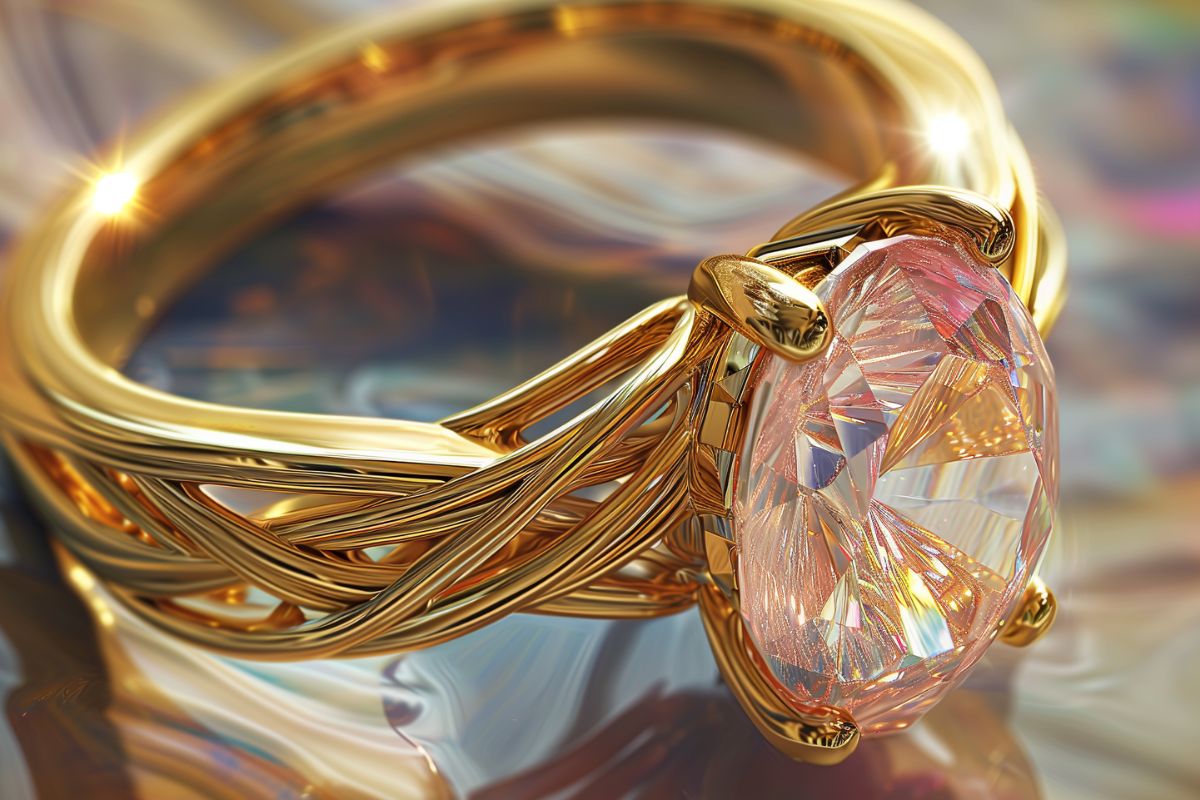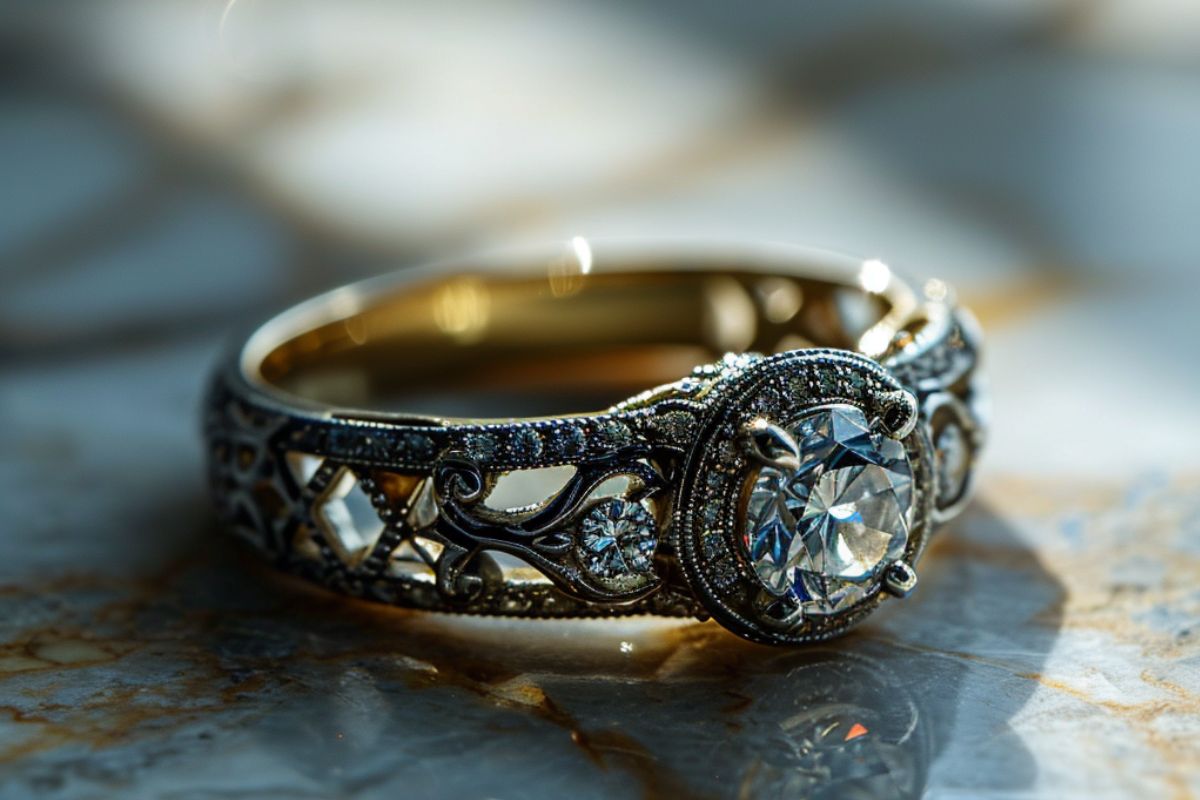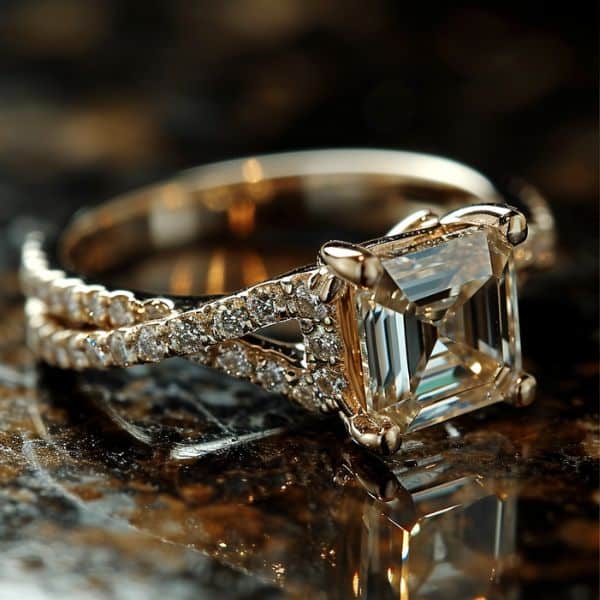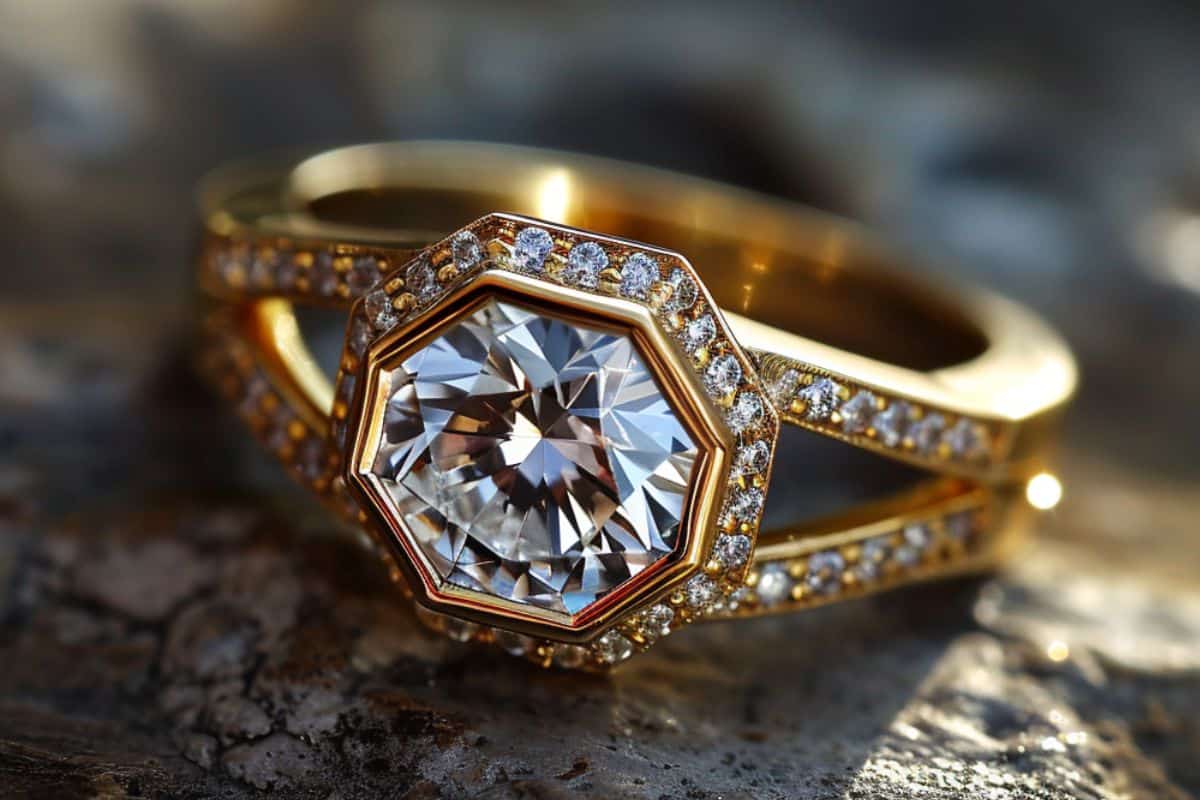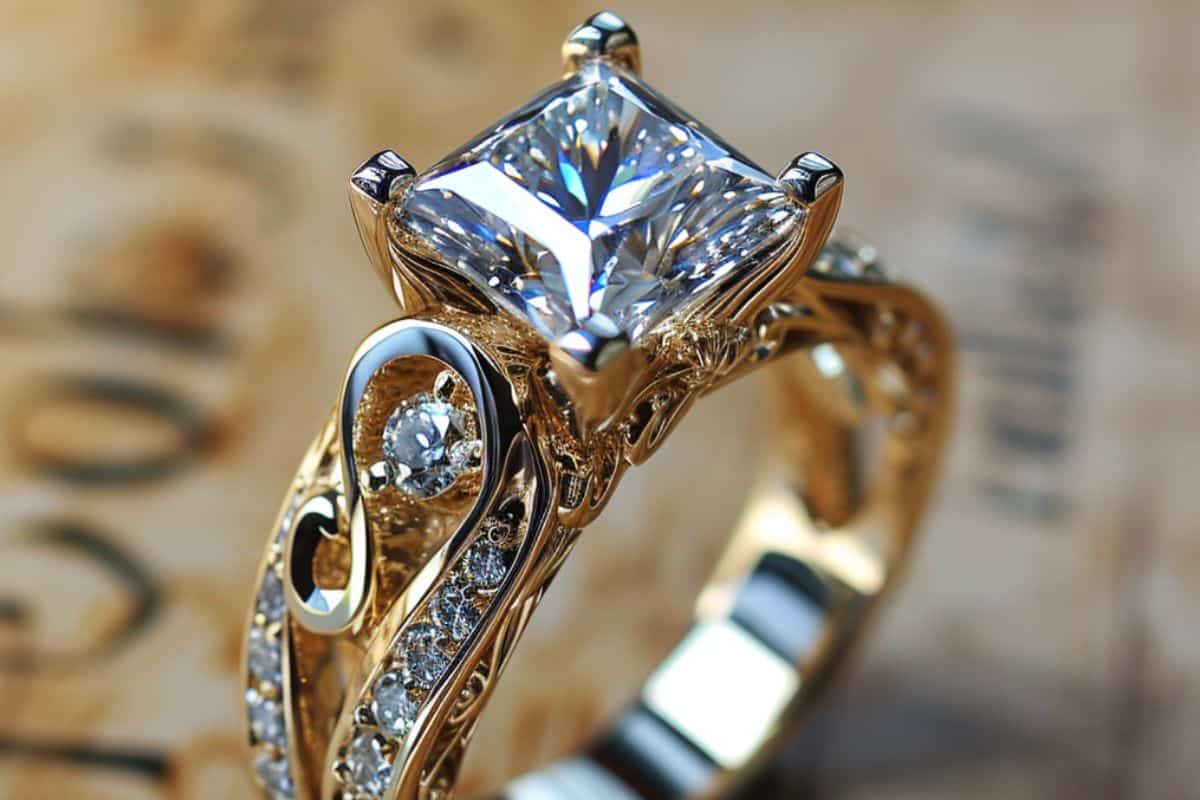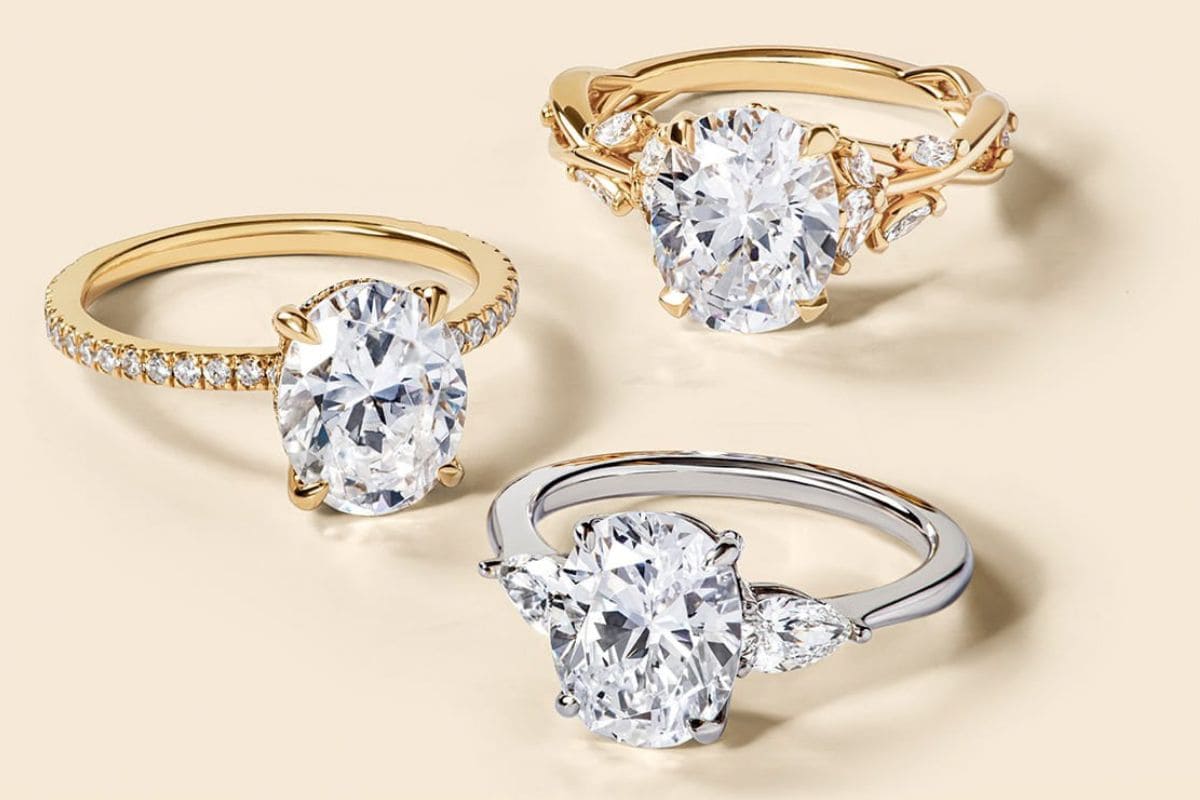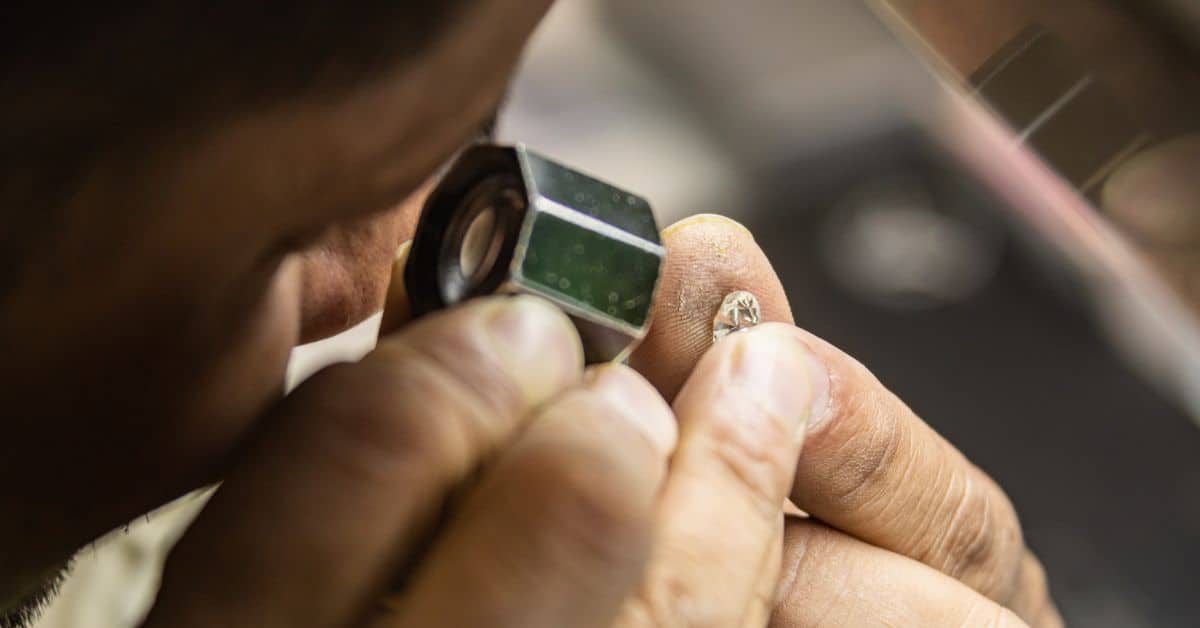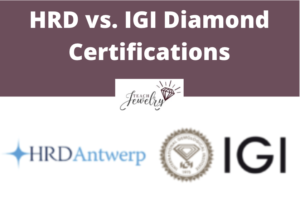
Two of the most popular organizations that grade diamonds are Hoge Raad voor Diamant (HRD, which is translated “High Diamond Council”) and the International Gemological Institute (IGI).
The main differences between HRD and the IGI is that HRD is known as a diamond authority in Europe, but its standards are often less strict than other certifying institutions. The IGI frequently partners with large jewelry retailers and is a leader in grading lab-grown diamonds.
We’ll compare HRD versus IGI diamond reports, including an overview of each organization, how their reports are different and affect prices, and whether you should buy an HRD or IGI diamond.
What to Know About HRD Diamond Reports
HRD is located in Antwerp, Belgium, which is near where many diamonds are sourced. The organization was founded in the 1970s and provides a number of services for the industry.
These include:
- Jewelry reports
- Diamond price lists
- Education and online courses
- Screening and detection for HPTP, CVD and natural diamonds
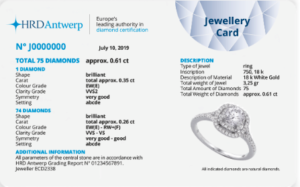
They’re most known for grading reports, which certify the quality of diamonds across the most important characteristics.
The examination process follows a similar procedure as their competitors, such as GCAL and the GIA.
Their gemologists determine its weight and check if it’s natural or lab-grown. They’ll measure the diamond’s diameter and height to assess its proportions.
Next, HRD analyzes fluorescence, color, cut, and clarity.
These grades are compiled into a report, which shows the buyer everything they need to know about the diamond. It doesn’t place a dollar value on the gem, but these measurements are how retailers decide its price.
Here’s the HRD report for this round-cut diamond.
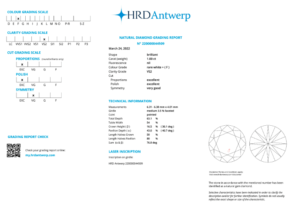
On the left side, you’ll find the color and clarity scale. Color grades range from D-Z. Clarity grades begin at LC (loupe-clean) and move toward P3 (Included).
Its cut grade is divided into three sections: proportions, polish, and symmetry.
In the middle of the HRD report, there’s more technical information about the diamond, such as its:
- Total depth and width
- Crown height
- Pavilion depth
- Girdle thickness
HRD grades more than just natural diamonds. They also provide reports for treated, colored, and lab-grown diamonds.
What to Know About IGI Diamond Reports
The IGI boasts itself as the largest organization in the world for certifying the quality of gemstones. It operates 20 labs around the world, which grade finished jewelry and lab-grown and natural diamonds.
The IGI assesses diamonds through a similar method as HRD.
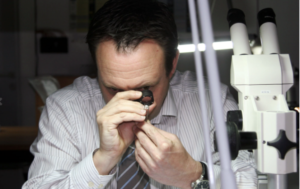
They’ll determine if it’s natural, lab-grown, or a diamond simulant. If it has any treatments, such as clarity-enhancement to remove inclusions, the gemologist will add a note on the report.
It’s then examined across the four Cs.
As an example, I’ll use the IGI report for this diamond.
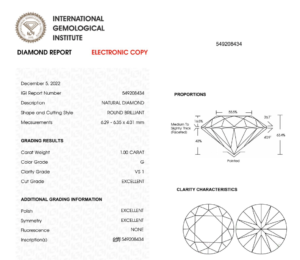
The format is similar to HRD’s certification.
On the left, there’s the essential information about its quality, such as:
- Shape and cutting style
- Measurements
- Polish and symmetry
- Fluorescence
And similar to an HRD report, IGI includes a clarity characteristics plot, which shows the locations of inclusions.
You can understand its value and how much you should pay based on the information on the diamond certificate.
What are the Differences Between HRD and the IGI?
1. IGI Has a Strong Reputation for Grading Lab-Created Diamonds
One of the first steps in choosing the right gem for you is knowing whether you want a natural or lab-created diamond.
There are pros and cons of lab-grown diamonds, and when you’re exploring the options, you’ll often find it’s graded by the IGI. In fact, they’re known to grade more of these diamonds than any other organization.
For example, popular online vendors sell synthetic diamonds certified by the IGI.
I filtered their lab-created diamonds by the organization that graded them.
There are more than 53,986 IGI-graded diamonds available.
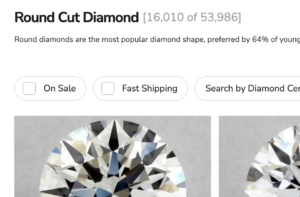
I recommend choosing lab-created diamonds graded by the IGI. You’ll have peace of mind about its quality, knowing it’s graded by the leader in these certifications.
2. HRD May be Less Strict Compared to the IGI
HRD is known to be less strict in their grading standards compared to IGI.
One source that’s often cited is a Rapaport study that states, “No two diamonds are alike and it seems neither are their grading certificates.”
The company sent 10 diamonds to some of the most popular labs around the world, including the IGI and HRD.
They compared how the labs graded:
- Color
- Clarity
- Cut
- Polish
- Symmetry
- Fluorescence
They totaled up the differences and ranked the labs from most to least strict.
The GIA landed at the top, right ahead of IGI. In fourth place was HRD.
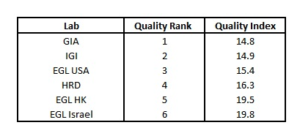
This demonstrated how the specific grades on an HRD report may be higher than the IGI for the same diamond.
For example, HRD may decide a diamond has an E color grade, while IGI could label it F.
It’s not that HRD’s grades aren’t accurate. Qualities like cut, color, and clarity are subjective.
The process often involves comparing the diamond to a set of ideals and determining which one it matches.
But as a buyer, it’s worth understanding why grades and prices may differ when identical diamonds are certified by different labs.
3. HRD Certifications are Popular in Europe
If you’re buying a diamond in Europe, you’re more likely to find ones graded by HRD.
Its proximity to diamond mines has helped establish them as the go-to lab in these regions, which is why some consider them Europe’s equivalent to the GIA.
If you want to certify the authenticity of a diamond, an HRD report is acceptable in Europe, the United States, and everywhere else.
But the lab doesn’t have the same reputation in the United States in regard to the specifics of its report.
Many US-based retailers sell HRD diamonds, but their number is often far exceeded by the GIA and American Gem Society.
IGI diamonds are more common with large retailers in the US and Canada. They initially gained popularity by serving jewelry chains like Zales and Kay.
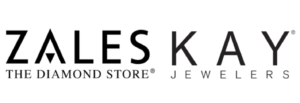
The IGI often offers lower prices and fast turnaround times, so jewelers could more quickly sell their inventory.
How do HRD and IGI Reports Affect the Price of a Diamond?
In general, the higher a diamond is graded along the four Cs, the more it costs.
So in the Rapaport study above, the HRD grades could cause the same diamonds to sell for a higher price than if they had sold under the IGI certificate.
As another example, I examined prices for 134 diamonds from James Allen with the following qualities:
- Carat weight: 1.00
- Clarity: VS1
- Color: F
- Cut: Very good
The average price was $8,217.
I assessed prices for 50 diamonds that had the same carat weight and cut but E color and VVS2 clarity grades.
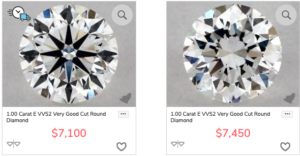
The average price was $9,022.
That’s a 10 percent increase for a one grade improvement on the color and clarity scale.
This demonstrates the importance of a reliable report.
If one organization grades it differently than another, the retailer will often list it with the more expensive price.
Should You Buy an HRD or IGI Diamond?
Many diamond retailers sell diamonds certified by HRD or the IGI. They are two popular names in the industry known for detailed assessments of gems.
In many cases, they’re grades are identical to the GIA, but it’s worth carefully reviewing how the report aligns with its quality.
My recommendation is to choose a diamond certified by the GIA because they’re considered the most reliable and consistent in their grading. In fact, the largest underwriter of jewelry agrees with this assessment, calling them “the most respected labs.”
If you’re searching for a lab-created diamond, a report from the IGI is sufficient.
Whether you choose an HRD or IGI diamond, or one graded by another lab, it’s important you know what to expect from your diamond.

Jacob Clarke
Jacob Clarke is the founder of TeachJewelry.com.
He earned an Applied Jewelry Professional Diploma from the Gemological Institute of America (GIA) and now brings you essential information about diamonds, settings, and more.
Jacob has consulted with leading jewelry brands, and his work has been cited in Clean Origin, Diamond Nexus and industry publications.
He's also a member of the International Gem Society.
He enjoys discussing jewelry with readers, so contact him with any questions at jacob.clarke@teachjewelry.com.
